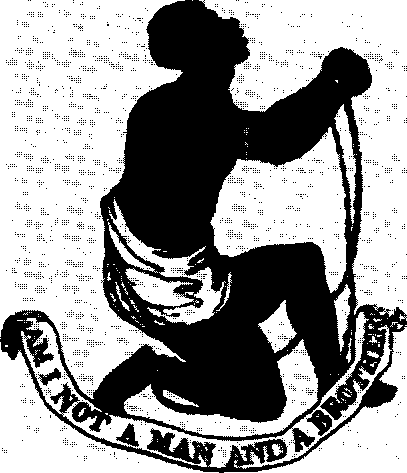
- •1.1Flags and National Symbols
- •1.1.3 London
- •1.3 History
- •1.3.1 Pre-Roman England
- •1.3.2 Roman Britain
- •1.3.3 The Anglo-Saxons, Celts, Vikings and the Dark Ages
- •1.3.4 The Norman Invasion
- •1.3.5 Norman and Other English Castles
- •1.3.6 The Tudors
- •1.3.7 Civil War and Oliver Cromwell
- •1.3.9 The British Empire
- •1.3.10 World War 1 and the /inter-wai/ years
- •1.4 Language
- •1.5.1 System of Government
- •1.5.2 System of Education
- •Infant School or Primary School
- •1.5.3 Law
- •1.5.4 Religion
- •1.6 Mass media
- •2.1 Flag and National Symbols
- •2.2.1 Physical Geography
- •2.2.2 Human Geography and Demographics
- •2.2.3 Washington dc
- •2.2.4 New York
- •2.3 History
- •2.3.1 Native Americans
- •2.3.2 Immigration and the creation of the usa
- •200 Mies
- •2.3.3 Racial inequality and the Civil War
- •2.3.4 Growth and expansion
- •2.3.5 The rise of modern America after ww1
- •2.4 Language
- •2.5.1 System of Government
- •2.5.2 System of Education
- •I.Fa gui
- •2.5.3 Law
- •2.5.4 Religion
- •2.6 Mass media
200 Mies
The original 13 colonies right "■ Ј,,p~. . J 3x>K*amt«s
The slave trade was then also firmly established and it is estimated that by the 1750s, there were 250,000 black slaves brought from Africa supporting a white population of over 700,000.
The earliest colonists, before long, had a thriving economy. The majority of the rice, indigo, tobacco, livestock, maize, wheat and timber produced was sent for export. Trade was chiefly with Britain, whose manufacturing firms depended on raw materials from its colonies. In return, they received manufactured goods. The colonies also traded with the French, Dutch, and Spanish.
Relations between the American Colonies and Great Britain began to break down during the mid-1700's. King George III and the British Parliament believed the time had come for the colonists to start obeying trade regulations and paying their share of the cost of maintaining the British Empire. A succession of Acts of Parliament were enacted and repealed but none were accepted by the colonists, who were not represented in Parliament and so they argued that Britain had no right to tax them. The colonists expressed this belief in the slogan, "Taxation Without Representation is Tyranny."
One of the most frequently described events that define this dislike of taxation was the Boston Tea Party when a group of merchants dressed up as native Americans to disguise their identities, boarded a ship importing crates of tea and threw the crates overboard, as the tea carried excise and taxes payable to the British government.
Friction increased, and, on April 19, 1775, the American Revolution broke out between the Americans and the British. During the war - on July 4,1776 - the American Congress officially declared independence and formed the United States of America by adopting the Declaration of Independence.
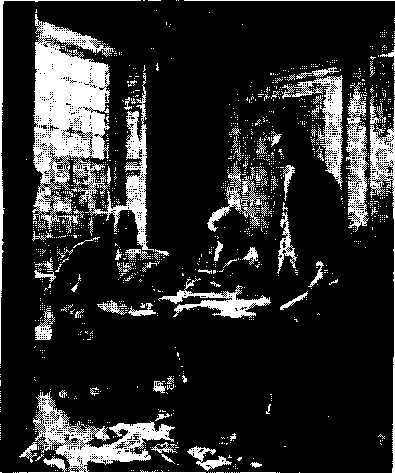
On Oct. 19,1781, the Americans won a decisive victory at the Battle of Yorktown in Virginia, when thousands of British soldiers surrendered. Within months, the British government decided to seek peace. Finally, on Sept. 3,1783, the Americans and the British signed the Treaty of Paris of 1783, officially ending the American Revolution.
At the end of the American Revolution, the new nation was still a loose confederation of states. But in 1787, American leaders got together and wrote the Constitution of the United States. The Constitution became the country's basic law and welded it together into a solid political unit. The men who wrote it included some of the most famous and important figures in American history. Among them were George Washington and James Madison of Virginia, Alexander Hamilton of New York, and Benjamin Franklin of Pennsylvania. The authors of the Constitution, along with other early leaders such as Thomas Jefferson of Virginia, won lasting fame as the Founding Fathers of the United States.
There was initially a lot of opposition to the new Constitution, as many felt that it did not specifically guarantee enough individual rights. In response, 10 amendments known as the Bill of Rights were added to the document. The Bill of Rights became law on Dec. 15,1791. Among other things, it guaranteed freedom of speech, the right to bear arms, freedom of religion and the rights to trial by jury and peaceful assembly. It was not until the 1970s or even later that all these rights were granted to Native Americans or black African-Americans.
George Washington, (1732-1799), was an American general and Commander-in-Chief of the Continental Army in the American Revolutionary War (1775-1783) and later the first President of the United States under the U.S. Constitution(1789-97). He also served as President of the 1787 Constitutional Convention.
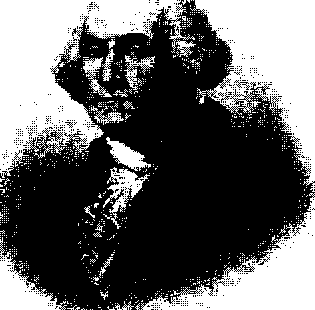
For the role he played in winning and securing American independence, George Washington is generally recognized as one of the most important figures in all of U.S. history. Unlike many other revolutionary leaders, he voluntarily relinquished power even though some others wanted him to retain that power for life. This established an important precedent of republican democracy that served as an example around the world.
George Washington right
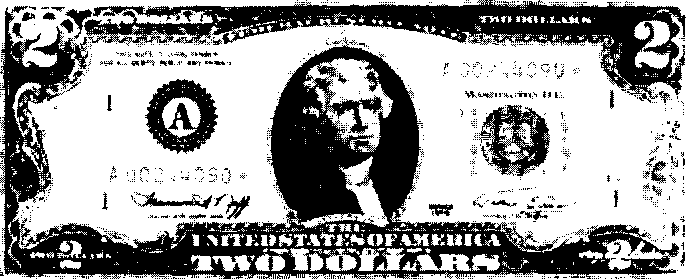
Thomas Jefferson became president in 1800 and again in 1804, with a political philosophy became known as Jeffersonian democracy.
Left on the rare $2 banknote
The Louisiana Purchase, the first major action of Jefferson's presidency, almost doubled the size of the United States. In 1801, Jefferson learned that France had taken over from Spain a large area between the Mississippi River and the Rocky Mountains called Louisiana. Spain was a weak nation, and did not pose a threat to the United States. But France-then ruled by Napoleon Bonaparte-was powerful and aggressive. Jefferson viewed French control of Louisiana as a danger to the United States. In 1803, Jefferson arranged the purchase of the area from France. The Louisiana Purchase added 2,144,476 square kilometres of territory to the United States.
During the early 1800's, settlers moved westward over the Appalachian Mountains into the new states and territories and beyond. They flocked into Texas, California, and other western lands belonging to Mexico. Americans also settled in the Oregon Country, a large territory between California and Alaska owned by Britain.
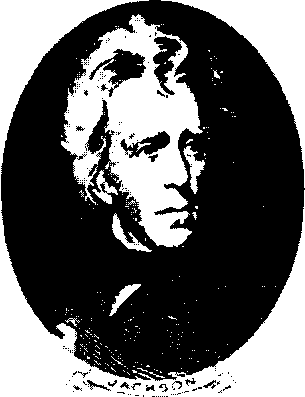
Western farmers and pioneers, as well as city labourers and craftworkers, soon banded together politically to promote their interests. They found a strong leader in Andrew Jackson, and helped elect him president in 1828. Jackson took steps to reduce the power of wealthy Easterners and aid the "common man." At the same time, other Americans were working for such social reforms as women's rights, improvements in education, and the abolition of slavery.
Andrew Jackson right
By 1820, American pioneers had established many frontier settlements as far west as the Mississippi River. By the 1830's, the Westward Movement had pushed the frontier across the Mississippi, into Iowa, Missouri, Arkansas, and eastern Texas. The land beyond, called the Great Plains, was dry and treeless, and was farmland. But explorers, traders, and others who had journeyed farther west told of rich farm-
land and forests beyond the Rocky Mountains. In the 1840's, large numbers of pioneers made the long journey across the Great Plains to the Far West.
By the mid-1840's, thousands of Americans lived in the Oregon Country and on the western land claimed by Mexico. By then, large numbers of Americans had come to believe in the doctrine of manifest destiny. That is, they thought the United States should control all of North America. Stirred by this belief, Americans demanded control of Oregon and Mexico.
The struggle over the Mexican territory began in Texas in 1835, when the American settlers there staged a revolt against Mexican rule. In 1836, the settlers proclaimed Texas an independent republic, but also requested U.S. statehood. Nine years later, the United States annexed Texas and made it a state. The United States gained more Mexican territory as a result of the Mexican War (1846-1848), which was fought between the United States and Mexico over a number of disagreements, including territorial disputes and valuable land, such as California, then part of Mexico. The treaty that ended the war gave the United States a vast stretch of land from Texas west to the Pacific and north to Oregon.
In 1853, with the Gadsden Purchase, America bought from Mexico the strip of land that makes up the southern edge of Arizona and New Mexico. The United States then owned all the territory of its present states except Alaska (purchased from Russia in 1867) and Hawaii (annexed in 1898).
